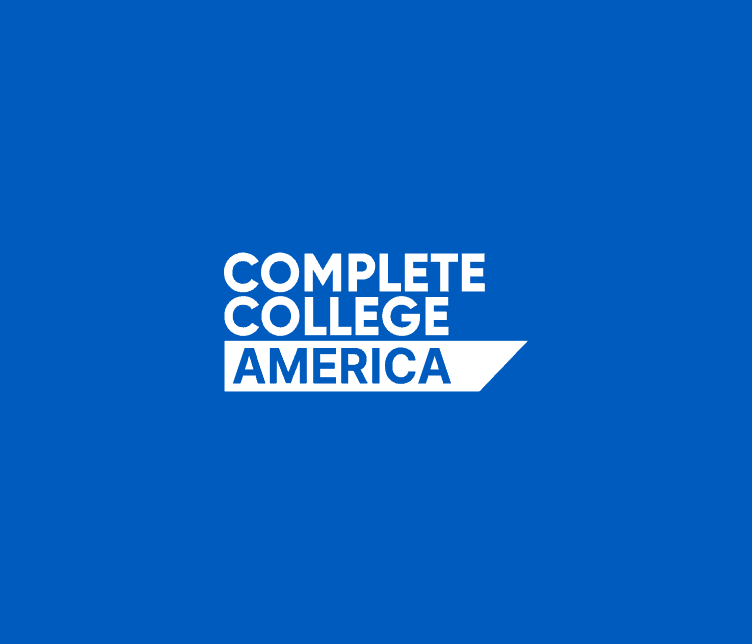By: Bruce Vandal, Ph.D.
Overview
Ohio’s adoption of remediation free standards that exempts students who meet the standards from remedial courses set in motion conversations among math faculty leaders on the essential math skills that should be required of a high quality postsecondary credential. Simultaneously, increasing difficulties with the approval of transferable math courses in the Ohio Transfer Module created a demand to examine current gateway math courses. To address these needs the Ohio Department of Higher Education convened math faculty leaders to develop recommendations for designing revised and transferable math pathways. The elimination of Intermediate Algebra as a prescribed prerequisite for all gateway math courses triggered efforts to design new or revised math courses. Critical to the new policy and curricular landscape was the creation of clear learning outcomes for the new pathways that would enable new math courses to be included in the state’s Ohio Transfer Module, ensuring seamless transitions for Ohio postsecondary students.
The Leaders
State and faculty leaders insist that the math pathways work has truly been a team effort with the Ohio Mathematics Faculty Community including the Network of Mathematics Chair/Leads, college leaders and numerous state level leaders working together to create an impressive systemic reform in a state with a highly decentralized higher education governance structure. The Ohio Math Initiative (OMI) Steering Committee, which designed the original report, included twelve math faculty leaders as well as ex-officio membership from the Ohio Department of Higher Education, representatives from the Ohio Association of Community Colleges and the Ohio Inter-University Council, and institutional leaders. In the implementation of the strategies to reach OMI goals five faculty subgroups were formed corresponding with the strategies and additional math faculty became actively involved.
The Pathways
A new quantitative reasoning math pathway is resulting in new quantitative reasoning courses that will provide rigorous and relevant math instruction for students not pursuing a calculus based program of study. Likewise, revised learning outcomes for statistics and college algebra will enable programs of study to review program requirements to align with the learning outcomes in all pathways.
Next Steps
With the pathways established and learning outcomes outlined to ensure effective transfer and new college readiness assessments created, the work now turns to institutional implementation. The Ohio Department of Higher Education has structured several professional development opportunities to support the development of new quantitative reasoning courses and are now facilitating the adoption of new corequisite math models that will fully leverage the math pathways to increase gateway course success rates. In addition, the math pathway reforms are triggering additional systemic reforms to include robust guided pathways and greater alignment with K-12 education.


